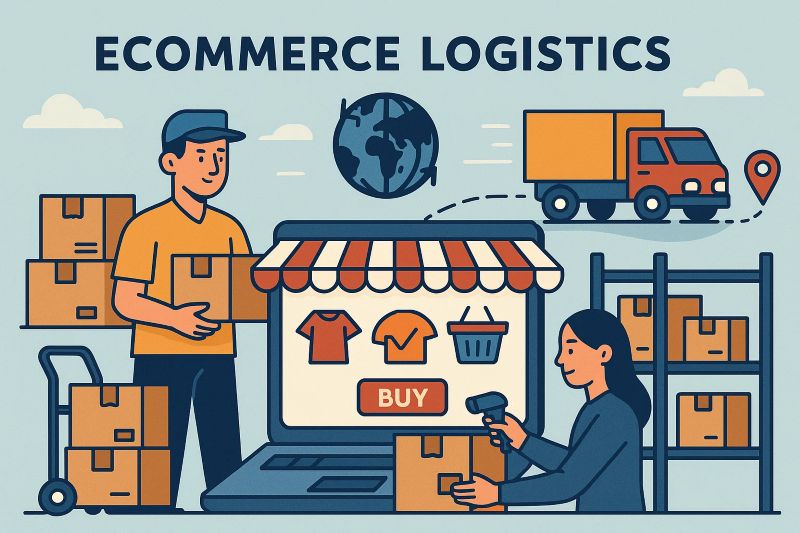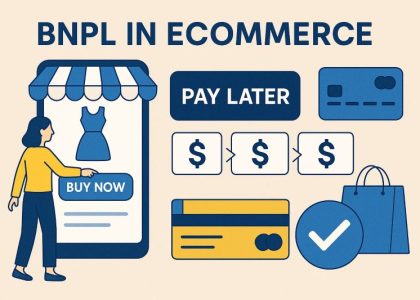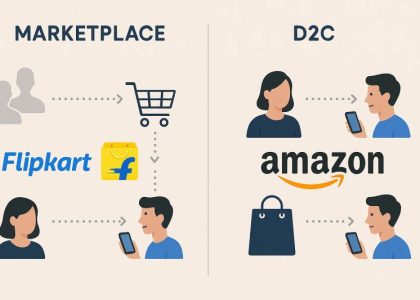The ecommerce industry is booming, and logistics has become its backbone. Among all supply chain stages, the last-mile delivery is the most complex yet critical. It represents the final step of a product’s journey—from the warehouse or local hub to the customer’s doorstep. While this stage often determines customer satisfaction, it also creates the biggest logistical challenges for businesses.
What is Last-Mile Delivery in Ecommerce?
Last-mile delivery is the final leg of the shipping process, where a package travels from a distribution center to the customer’s home or office. This stage is vital because it directly impacts customer experience, delivery speed, and overall ecommerce efficiency.
Why Last-Mile Delivery is Challenging
Several factors make last-mile delivery one of the most difficult parts of ecommerce logistics:
- High Costs – Last-mile delivery can account for over 50% of total shipping expenses.
- Traffic and Congestion – Urban areas face delays due to unpredictable traffic.
- Failed Deliveries – Customers not being available at delivery time causes extra trips.
- Scattered Locations – Deliveries in rural or remote areas require more resources.
- Customer Expectations – Shoppers now demand same-day or next-day deliveries.
Strategies to Solve the Last-Mile Delivery Challenge
Ecommerce businesses are adopting several strategies to make last-mile delivery more efficient:
1. Smart Technology Integration
Using AI, GPS tracking, and route optimization tools, businesses reduce delays and improve delivery accuracy. Real-time updates also build trust with customers.
2. Micro-Fulfillment Centers
Companies are setting up local mini-warehouses in urban areas. These reduce the distance between products and customers, making deliveries faster.
3. Alternative Delivery Models
- Click-and-Collect: Customers pick up orders from nearby stores.
- Smart Lockers: Shoppers collect packages from automated lockers at convenient locations.
- Crowdsourced Delivery: Local delivery agents or gig workers speed up last-mile fulfillment.
4. Green Logistics
Eco-friendly delivery using electric vehicles, bicycles, and drones reduces fuel costs and supports sustainability goals.
5. Data-Driven Decisions
Analyzing delivery patterns helps businesses predict demand, optimize staffing, and reduce inefficiencies.
Benefits of Efficient Last-Mile Delivery
- Faster Deliveries → Improved customer satisfaction.
- Reduced Costs → Optimized routes lower operational expenses.
- Better Transparency → Real-time tracking builds customer trust.
- Competitive Edge → Brands offering reliable delivery stand out in ecommerce.
The Future of Last-Mile Delivery in Ecommerce
The future will focus on automation, AI, and sustainability. Delivery drones, autonomous vehicles, and smart logistics platforms will redefine last-mile solutions. Ecommerce leaders like Amazon and Flipkart are already experimenting with these innovations. As customer expectations rise, solving the last-mile challenge will remain a top priority for ecommerce businesses.
Final Thoughts
Last-mile delivery is the most difficult yet essential part of ecommerce logistics. By adopting technology, alternative delivery models, and sustainable solutions, businesses can overcome these challenges. The brands that master last-mile delivery will not only reduce costs but also win customer loyalty and gain a long-term competitive advantage.





